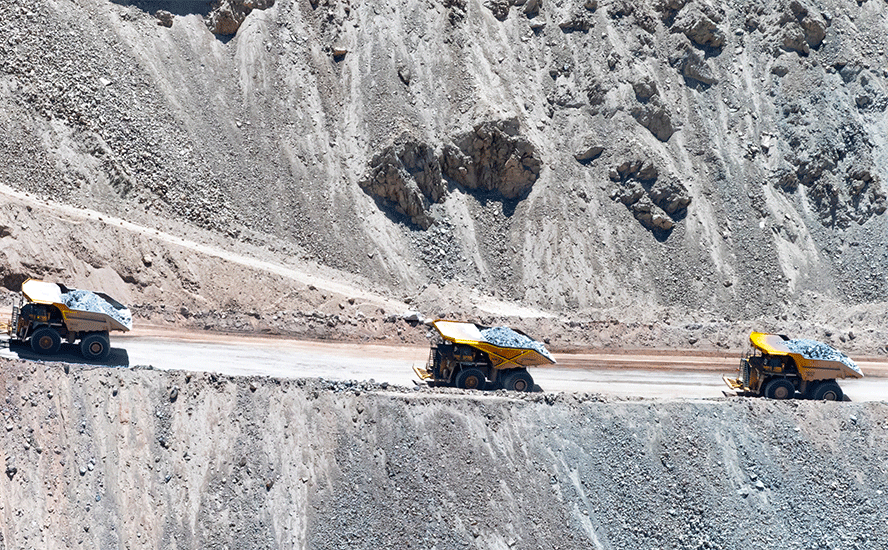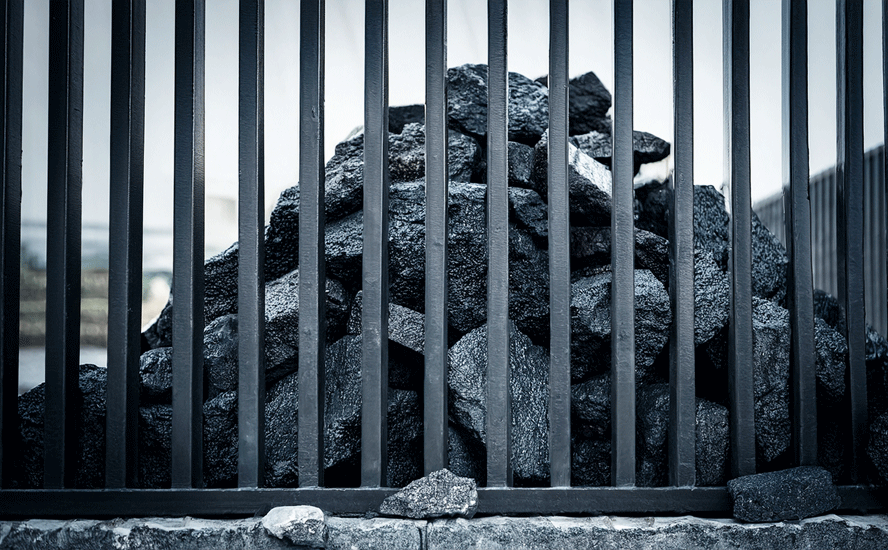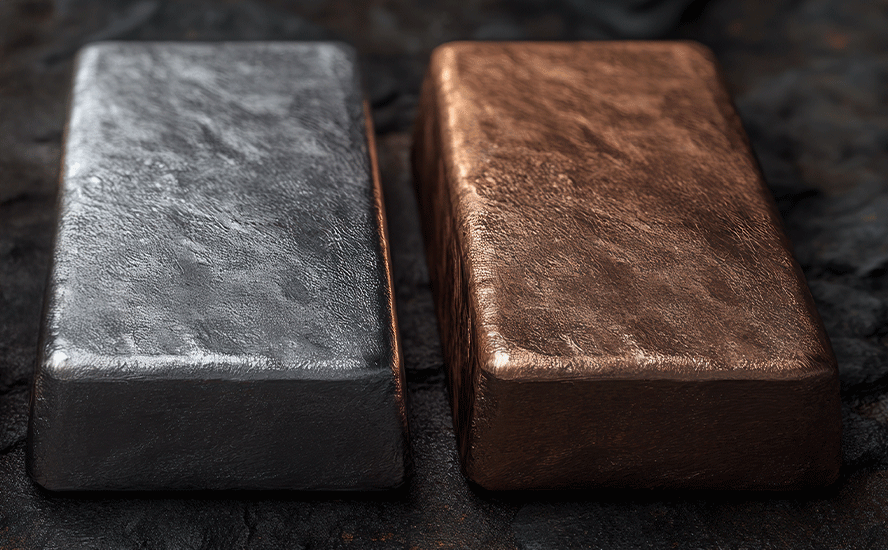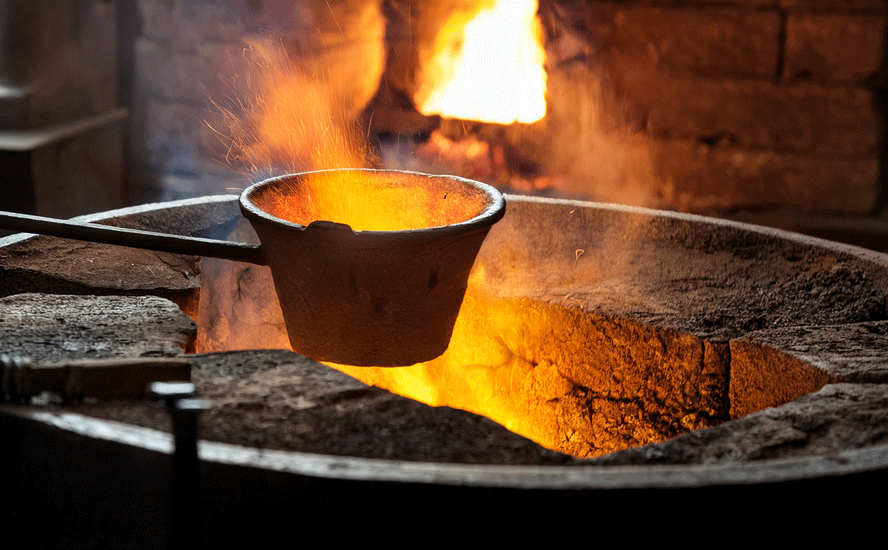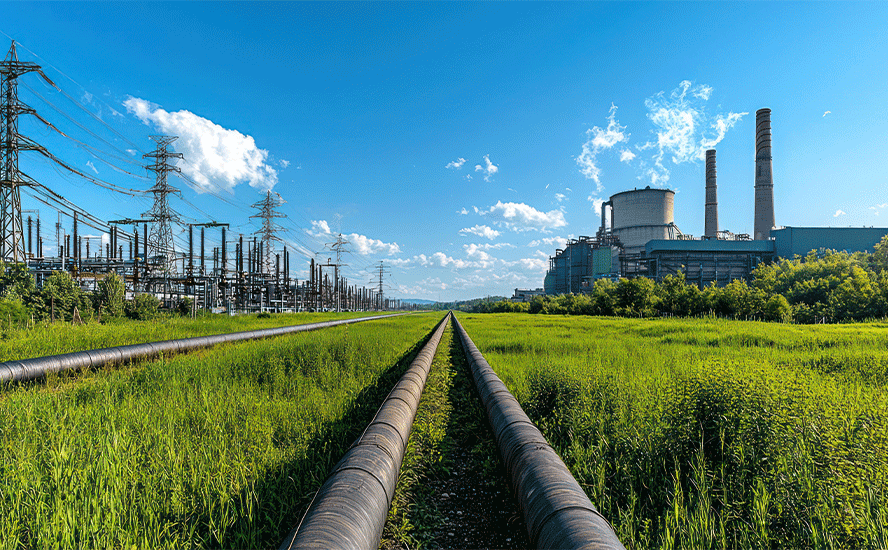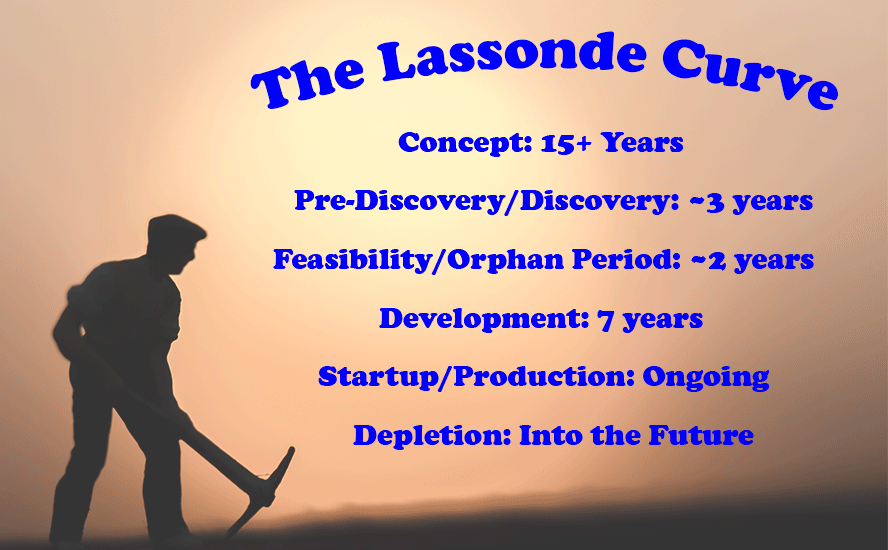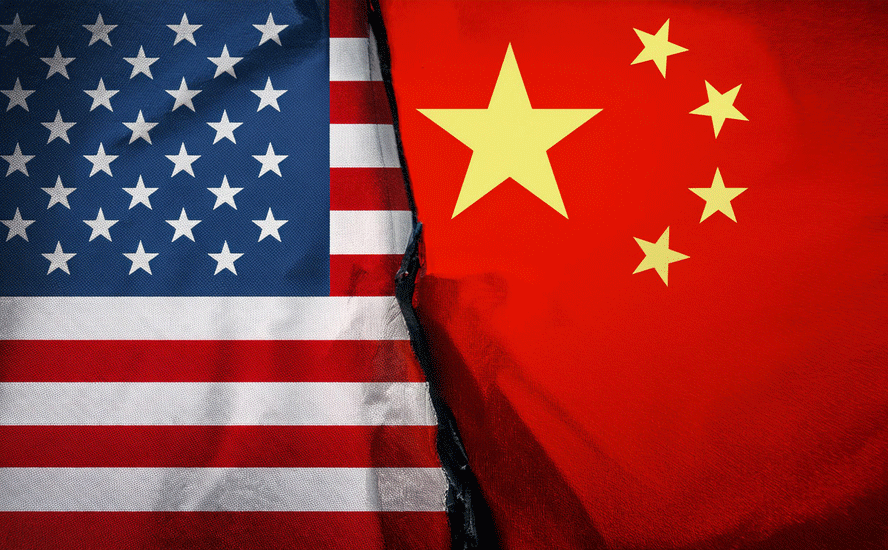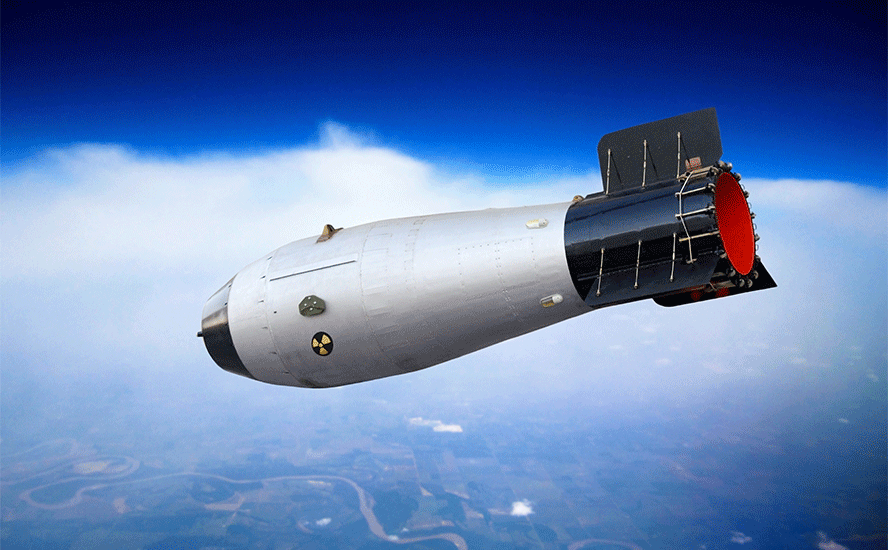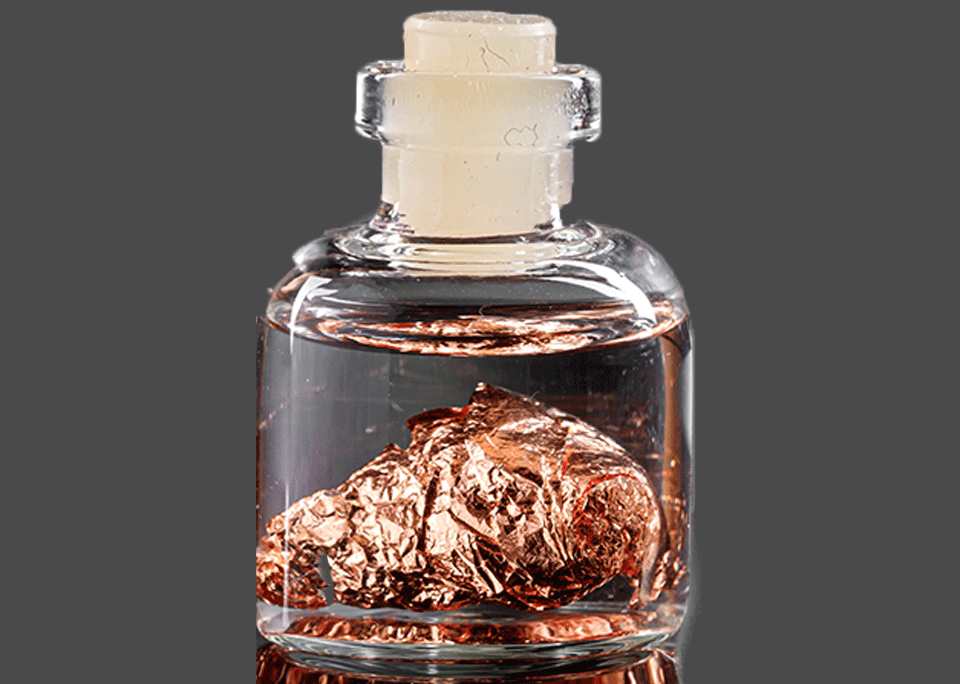Codelco lithium fizzle: Chile’s loss is US’s gain
- Home
- Articles
- Metals Battery Metals
- Codelco lithium fizzle: Chile’s loss is US’s gain

2019.03.08
The world’s largest copper miner is sticking to what it knows best rather than diversifying into lithium.
A plan by the previous government of Chile to develop two lithium-bearing salt flats under Codelco’s banner has come to nought, according to a media report, further fading any hopes that the South American copper powerhouse may have had in snatching the lithium crown it ceded to Australia in 2016.
Based on discussions with company insiders, the Reuters story says “Dwindling support inside Codelco to prioritize lithium projects over copper… was compounded by legal and regulatory hurdles that stalled development of the company’s two flagship salt flats known as Pedernales and Maricunga.
“One top Codelco official told Reuters the lithium business was simply ‘too marginal’ compared with copper to warrant substantial investment given tight budget constraints.”
The Maricunga salt flat is about 5% the size of the Salar de Atacama where the country’s top two producers, state-owned SQM and US-based Albemarle, have their operations.
That isn’t hard to understand considering that all of Chile’s lithium exports in 2017, valued at $800 million, were less than a tenth of what Codelco earned in copper revenues the same year – $11.6 billion.
With Codelco out of the picture, then, Chile’s plan to increase the amount of lithium it supplies to the 280,000 tonne per year lithium market will likely fail, unless SQM and Albemarle can ramp up.
If they don’t, it will put a floor under lithium prices which have been suffering of late due to the spot price dropping in China, the largest consumer of the electric vehicle battery ingredient.
A crimp in Chile may also press the United States, which has no lithium production save for one mine in Nevada, whose grades are declining, to put more effort into mining its own lithium. The white metal is among a list of 35 minerals the US Department of the Interior has deemed critical for national and economic security. An executive order to break America’s dependence on foreign minerals includes “ways to increase discovery, production and domestic refining of critical minerals.”
The US imports about 70% of its lithium at a time when demand for electric vehicles is expected to grow at an astounding 24% a year until 2030. Developing a North American mine to battery supply chain is critical if Canada and the US want to become independent of foreign lithium suppliers.
Let’s examine in a bit more detail what’s happening in Chile and the US with respect to lithium and electric cars.
Lithium supply bottlenecks
In March Albemarle secured permits from Chilean authorities to boost production to 145,000 tonnes of lithium carbonate equivalent (LCE) annually through to 2043. But a dispute with the Chilean government about upping its quota put a pall of uncertainty over Albemarle’s operations in Chile for much of last fall. A January agreement between Corfu (Chilean Economic Development Agency) and Albemarle has the company producing 40,000 to 45,000 tonnes of LCE at its La Negra facility in 2019, doubling to 85,000t in 2020.
Its competitor SQM has also been granted an extension to expand lithium production. But at year-end 2018 SQM was anticipating lithium sales to be around 45,000 tonnes, well below expectations of 55,000t.
Total output from both companies is therefore about 90,000t LCE. Can they increase it? Probably not in 2019. Albemarle’s La Negra is limited to 45,000t until it expands in 2020, and SQM would have to exceed last year’s output. On top of that, Chile is closely watching the use of water in the Salar de Atacama and has not been shy about imposing water restrictions, which could impact production – lithium brine mining requires a lot of water.
A brief rundown of the rest of the main lithium-producing countries shows that there are supply constraints elsewhere.
According to Benchmark Intelligence, the predicted supply expansions in 2018 – including from South American brine operations, new spodumene mines and Chinese lithium production – were slower than expected:
“The ‘tsunami’ of new supply forecast by some has turned out to be little more than a changing in the lithium tides.”
In a January 2019 report, Benchmark reminds us that SQM encountered a technical obstacle at its conversion facilities, which delayed a targeted capacity increase to 70,000 tonnes per annum.
An even bigger disappointment, in terms of higher output, was Chinese production from the Qinghai region. High magnesium concentrations are a problem and “only an additional 5,000-10,000 tonnes of material found its way to market, much of which only reached technical grade specifications. This meant a large proportion was either reprocessed (adding cost) or converted to hydroxide to meet the growing demand for nickel rich cathode technologies,” states the report.
Regarding spodumene mines, while the four new Australian mines are on track to produce over 20,000 tonnes of LCE by the end of this year, by Benchmark’s calculations, less than half of that amount made its way to the market in 2018.
Another important factor here is offtake agreements. As we pointed out in a recent article, all present and future production from Australian lithium mines has been spoken for, which reduces the amount of spodumene on the spot market – putting upward pressure on prices.
An example is the Mt. Marion mine. The mine’s 52,000-tonne increase last year was absorbed by Ganfeng Lithium’s new lithium hydroxide facility.
Benchmark notes that the “rapid development” of four new spodumene operations in the space of 12 months has come at a price: “dependence on offtake agreements and partnerships which will tie in the majority of their production for the foreseeable future.”
“Entering 2019, 100% of spodumene capacity is either tied to offtake or fully integrated in the case of Greenbushes.”
According to Benchmark, with all of the spodumene supply locked up (Nemaska’s new lithium mine in Quebec has offtakes in place too), “there is likely to be less than an additional 80kt LCE equivalent enter the supply chain in 2019.”
What is clear is that there is a still a long way to go to reach the 1m tpa lithium threshold the industry is expected to exceed by 2026.
Even if the market moves into excess in 2019, battery demand dictates that supply and demand will be finely balanced for the foreseeable future.
The old commodities axiom, “the cure for low prices is low prices,” holds true here. Since the publication of our article on the current spodumene glut, we’ve already seen one mine drop out because prices are too low.
On Feb. 20 North American Lithium stopped production at its La Corne hard-rock lithium mining operation in Quebec, due to low Chinese spodumene prices. The mine which produced 140,000 tonnes last year is expected to remain idle until the summer. That’s about 50,000 tonnes that won’t add to the supply glut.
On the brine side, heavy rains in Chile and Argentina have dented production for both Orocobre and Albemarle. A recent deluge at the Australian company’s Salar de Oroz facility in Argentina means that it won’t be able to lift production as previously anticipated, with output not expected to exceed last year’s 12,470t.
Albemarle said in its conference call that a dilution in the pond system from heavy precipitation will cost the company about 3,000t of production.
We already know that Salar de Oroz in Argentina will only produce about 12,500t this year – just over a quarter the output of Albemarle’s La Negra mine in the Salar de Atacama. North American Lithium’s mine is out until summer. Commissioning of the Mt. Holland lithium mine in Australia is halted while they sort out issues with endangered species. Nemaska Lithium’s Whabouchi lithium mine and Shawinigan electrochemical plant in Quebec isn’t doing anything until Nemaska comes up with a way to fund a $375 million shortfall.
Meanwhile the demand for lithium batteries keeps marching along.
Going electric
In North America, EVs are still a niche market targeted at the progressive rich. Last year they accounted for just 1% of US new-car sales, with Tesla taking the lion’s share.
Porsche just announced its first EV, the all-electric Taycan, due out later this year. The electric from the German luxury automaker will reportedly do 0 to 60 in under 3 seconds.
The four-door sedan is the latest in a series of electric vehicles aiming to compete with Tesla in the luxury EV market. Others include Audi’s E-Tron, the I-Pace by Jaguar, and Cadillac, which will sell its first EV this year, a 2020 Cadillac SUV built at its plant in Spring Hill, Tennessee.
Mercedes-Benz just revealed a conceptual electric luxury minivan that it calls the EQV Concept.
Expensive EVs, of course aren’t the only models available. The Nissan Leaf can be purchased for about $30,000 and the least expensive model, according to a recent survey, is the modestly priced Smart Fortwo Electric Drive, with a price tag of $24,650.
The offerings are only going to expand. According to a Reuters survey, automakers throughout the world are planning to spend at least $300 billion on EVs within the next five to 10 years.
The charging infrastructure is improving too. Petro-Canada is reportedly building a network of fast charging stations across the country.
Electric vehicles are here to stay. Hundreds of billions of dollars are being spent, and many many more models are coming to market.
Build it and they will buy
In December Korean company SK Innovation announced an investment of US$1.67 billion to build the first electric vehicle battery plant in the United States, as it seeks to take advantage of burgeoning demand for electric vehicles (EVs).
Later the firm doubled down, saying it is considering plowing an additional $5 billion into the project, planned for Jackson County, Georgia.
SK Innovation wants to be the first mover in what is shaping up to be an important step towards a mine-to-battery supply chain, in the United States.
The plant would have an initial annual capacity of 9.8 gigawatt-hours, but it plans to eventually ramp up to 105 GWh – five times the 20GWh capacity of Tesla’s Gigafactory 1 in Nevada, making it the largest EV battery plant in the United States. Production is targeted for 2022.
Locating the EV battery plant in Georgia is strategic because Hyundai, Mercedes and Honda operate assembly plants in nearby Alabama, while Mazda and Toyota have broken ground on a factory in Alabama, notes Automotive News.
Germany’s Volkswagen said it will invest $800 million to construct a new electric vehicle – likely an SUV – at its plant in Chattanooga, Tennessee.
Cypress moving forward to Phase ll Prefeasibility
Cypress Development Corp (TSX-V:CYP) has achieved its objective of confirming that recent metallurgical test results closely match those outlined in a preliminary economic assessment (PEA) released in October.
The Vancouver-based company has been testing the metallurgy on its Clayton Valley Lithium Project in Nevada in preparation for a prefeasibility study (PFS) expected to be released in the second quarter.
The completion of the PFS first phase, announced today, confirms that lithium can be acid-leached to between 75% and 83% purity, by consuming sulfuric acid levels of between 85 and 132 kilograms per tonne – lower than the 132 kg/t estimated in the PEA. The tests also showed minuscule levels of impurities such as magnesium – which can significantly increase the complexity and costs of processing lithium.
While that is all very good, since it shows greater confidence in Cypress’ strategy of building a new lithium mine in the United States right next to the only current producer, Albemarle’s Silver Peak, the really big news is that Cypress is so confident in its test results, it feels it can move on to the next stage of the prefeas, which is to produce lithium carbonate and lithium hydroxide in forms that can be marketed to end-users.
“We are very pleased with progress on the first phase. While it was time consuming, the information gained on the behavior of the clay during leaching is invaluable and represents a huge step forward in our understanding of the leaching process. With this as a foundation, we are confident in moving forward to the next phase of testing in the PFS,” Cypress CEO Bill Willoughby said in the news release.

The importance of successfully completing this first step of the prefeasibility study cannot be understated. Junior mining companies must pass certain milestones on their journey towards building a mine. If a step isn’t completed, the company must go back and try again. Cypress got the metallurgy right the first time, showing that it can do what it said it would in the PEA, meaning it can progress to the next step in prefeasibility, which is producing saleable lithiumproducts. This is huge.
A reminder of what was said in the PEA is reproduced below, with respect to metallurgical testing:
The preliminary process design for the Clayton Valley Lithium project is based on laboratory tests conducted by SGS Canada in 2017 (DCH-5 Oxide and DCH-5 Reduced), Hazen Research Inc in 2017 and 2018 (DCH-16 Oxide and DCH-16 Reduced) and Continental Metallurgical Services, LLC in 2018 (DCH-2 Oxide and DCH-2 Reduced). These tests indicate the claystone minerals can be digested in dilute sulfuric acid, liberating the lithium as lithium sulfate. The deposit is classified into two categories that include Oxidized and Reduced materials. Dilute sulfuric acid reached extractions as high as 78% from the oxidized material and 83.5% from the reduced sample. Although the test work is preliminary in nature, it suggests that a dilute sulfuric acid leach is a viable method of extracting the lithium found at the project. Test results indicate that lithium extractions greater than 80% are achievable with acid dosages of 5% at 75C-80C with 4 to 6 hours leaching.
In prefeasibility, CMS, the testing facility in Montana, conducted over 75 leach tests using composite drill core samples. The goal was to simulate the agitated tank leaching portion of the flowsheet envisioned by the PEA, using more samples (75) than previously. The results were as close as you can come to an exact match. Lithium recoveries varied between 75% and 83%, at a leach time of one to four hours, compared to two hours assumed by the PEA.
Just as important is how much Cypress was able to concentrate the leachate. The company showed it can purify a 10-liter sample of leachate grading 110 parts per million (ppm) to over 4,000 ppm, through evaporation. The resulting solution contained “only negligible levels of magnesium and other impurities.”
The next step, as CEO Bill Willoughby stated above, is to determine whether lithium carbonate and lithium hydroxide can be made out of the concentrated solution. If it is successful in doing that, the company would demonstrate its flow sheet at a pilot plant in order to show that lithium products can be produced at a commercial volume, and economically, based on current lithium prices.

Conclusion
Cypress’ latest metallurgy provides confirmation of the operating costs indicated in the PEA. Lithium recovery rates are spot-on those estimated in the PEA; the larger number of samples (75) gives an additional layer of confidence.
The positive results from phase one testing could mean that the numbers from the prefeasibility study will be as good or better than the PEA.
Once the prefeasibility study is released, showing the successful production of lithium carbonate and/or hydroxide, the company really will have something of interest to institutional investors.
At Ahead of the Herd we are very encouraged by this news release and we look forward to the PFS, likely to be completed in May or June. We think it’s going to open a lot of eyes and focus attention on the stock, from people who might be interested in becoming a partner, financing the project to completion or buying it – all of which would result in a significant re-rating.
With Cypress still way undervalued, finishing the day trading at 18 cents a share, new investors have a chance to get in under the October private placement price of $0.22.
Stay tuned for the prefeas. This could be THE lithium story of the year.
Richard (Rick) Mills
Ahead of the Herd Twitter
Ahead of the Herd FaceBook
Legal Notice / Disclaimer
This document is not and should not be construed as an offer to sell or the solicitation of an offer to purchase or subscribe for any investment. Richard Mills has based this document on information obtained from sources he believes to be reliable but which has not been independently verified. Richard Mills makes no guarantee, representation or warranty and accepts no responsibility or liability as
to its accuracy or completeness. Expressions of opinion are those of Richard Mills only and are subject to change without notice. Richard Mills assumes no warranty, liability or guarantee for the current relevance, correctness or completeness of any information provided within this Report and will not be held liable for the consequence of reliance upon any opinion or statement contained herein or any omission. Furthermore, I, Richard Mills, assume no liability for any direct or indirect loss or damage or, in particular, for lost profit, which you may incur as a result of the use and existence of the information provided within this Report.
Cypress Development Corp (TSX-V:CYP) is an advertiser on Richard’s site aheadoftheherd.com. Richard owns shares of CYP.
Legal Notice / Disclaimer
Ahead of the Herd newsletter, aheadoftheherd.com, hereafter known as AOTH.Please read the entire Disclaimer carefully before you use this website or read the newsletter. If you do not agree to all the AOTH/Richard Mills Disclaimer, do not access/read this website/newsletter/article, or any of its pages. By reading/using this AOTH/Richard Mills website/newsletter/article, and whether you actually read this Disclaimer, you are deemed to have accepted it.
